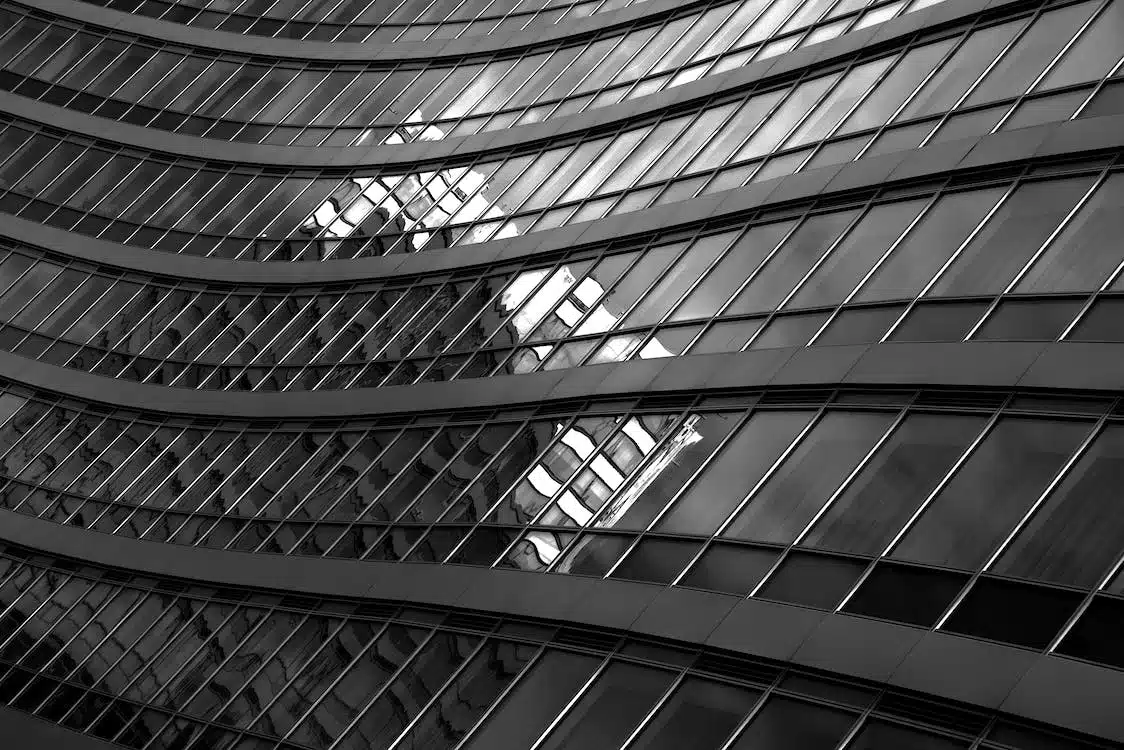
In today’s world, where energy conservation and sustainability are becoming increasingly important, energy-efficient windows have emerged as a crucial element in creating environmentally friendly and cost-effective buildings. These windows certified by the National Fenestration Rating Council (NFRC) or Energy Star offer a range of benefits, from reducing energy consumption and utility bills to improving indoor comfort and minimizing environmental impact.
However, understanding the various technical terms and concepts associated with energy-efficient windows can be overwhelming for many developers and aspiring green builders. That’s why we’ve created this comprehensive step-by-step dictionary to demystify the world of energy-efficient windows and help you make informed decisions when it comes to upgrading your windows.
Technical Aspects Simplified: Understanding Key Energy-Efficiency Windows terms and concepts
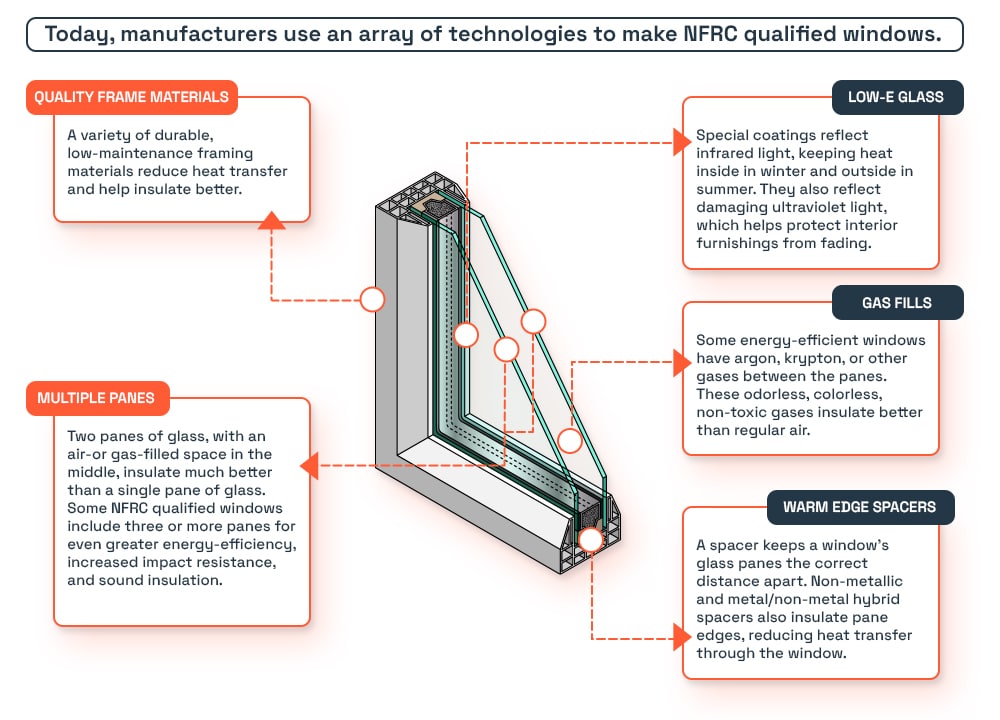
What is U-Factor for energy efficient Windows?
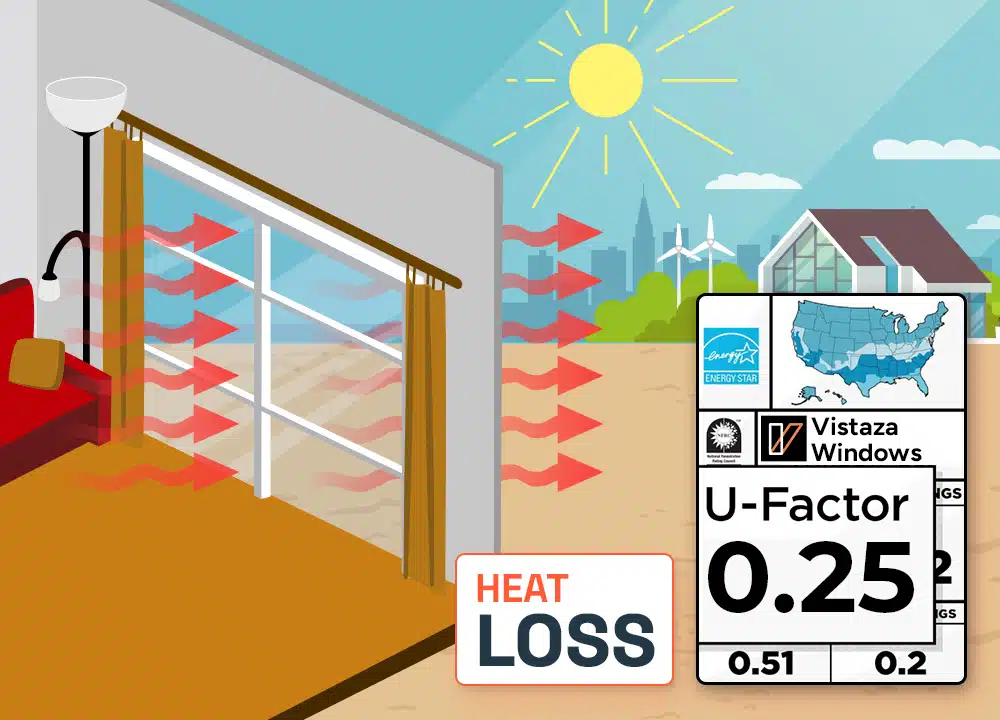
The U-factor measures the rate at which heat transfers through a window frame or any other building component. It quantifies the insulation properties of the window, with a lower U-factor indicating better insulation. This value is crucial in determining a building’s energy efficiency and costs. A lower U-factor means that less heat is lost through the windows, resulting in lower energy bills and reduced reliance on heating systems.
It is worth noting that U-factor requirements can vary from one climate zone to another, with colder regions typically requiring more windows and doors with lower U-factors to maximize insulation and minimize heat loss. By understanding and considering the U-factor, building owners can make informed decisions to enhance energy efficiency and reduce operating costs.
What is the Solar Heat Gain Coefficient (SHGC)
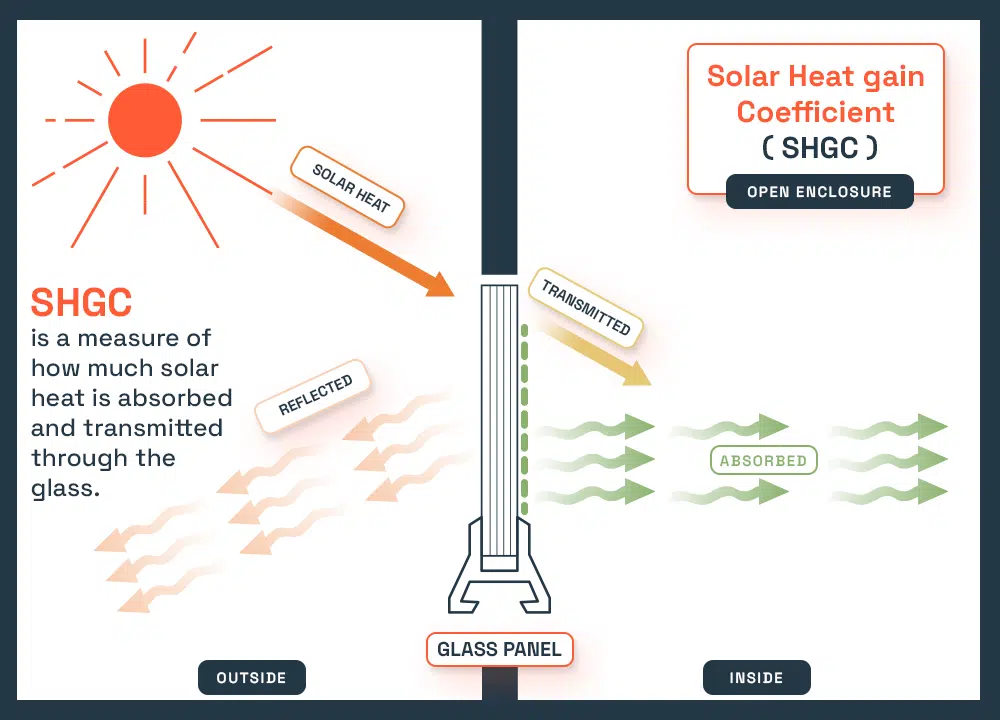
The Solar Heat Gain Coefficient (SHGC) is a crucial factor in window energy efficiency, particularly in hot climates. It represents the fraction of incident solar radiation that is admitted through a window. A lower SHGC indicates that the window allows less solar heat to pass through, making it an important consideration for keeping the building cooler and reducing the reliance on cooling systems.
Similar to the U-factor, SHGC requirements can vary based on the climate zone of the building. By understanding and considering the SHGC, building owners can make informed decisions to enhance energy efficiency and reduce cooling costs.
The Importance of Low-E Glass in Energy Efficient Window Requirements
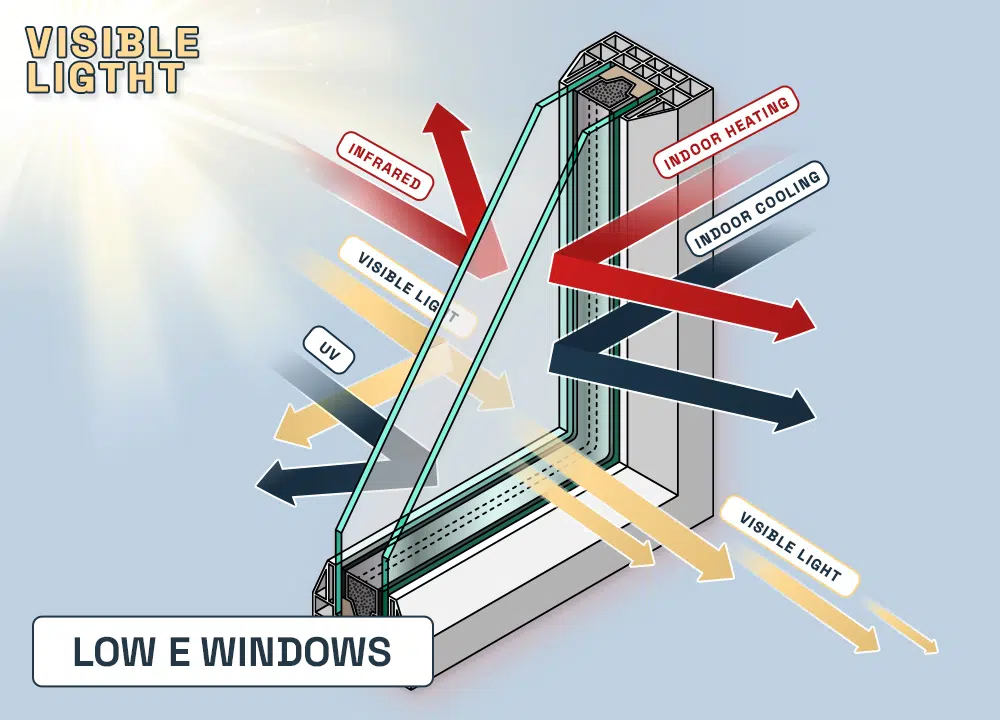
Low-emissivity (Low-E) glass plays a crucial role in enhancing the energy efficiency of windows. This specialized glass is coated with microscopic metallic particles that act as a reflective barrier, redirecting heat back to its source. In the winter, Low-E glass helps to retain the heat inside the building, reducing heat loss and improving insulation. Conversely, during the summer, it reflects a significant portion of the sun’s heat, preventing it from entering the building and keeping it cool.
Additionally, Low-E glass filters out harmful UV radiation, protecting furniture and window coverings from fading over time. By incorporating Low-E glass into windows, building owners can significantly improve their home’s energy efficiency throughout, reduce heating and cooling costs, and enhance the overall comfort of the building’s occupants.
Argon gas plays a crucial role in window insulation, particularly in double- or triple-pane windows. This colorless, odorless gas is used in the space between the glass panes, helping to reduce heat transfer and improve insulation. By filling this space double pane windows with Argon gas, the window becomes more energy-efficient, as it prevents heat from escaping during the colder months and keeps heat out during the warmer months.
While the addition of Argon gas increases the cost of the window, it also enhances its energy efficiency, which can lead to lower energy bills in the long run. Although alternatives like Krypton, Xenon, and even air are available, Argon is often chosen for its balance of cost and energy performance.
Multiple Window Panes: A Layered Approach to Energy Efficiency
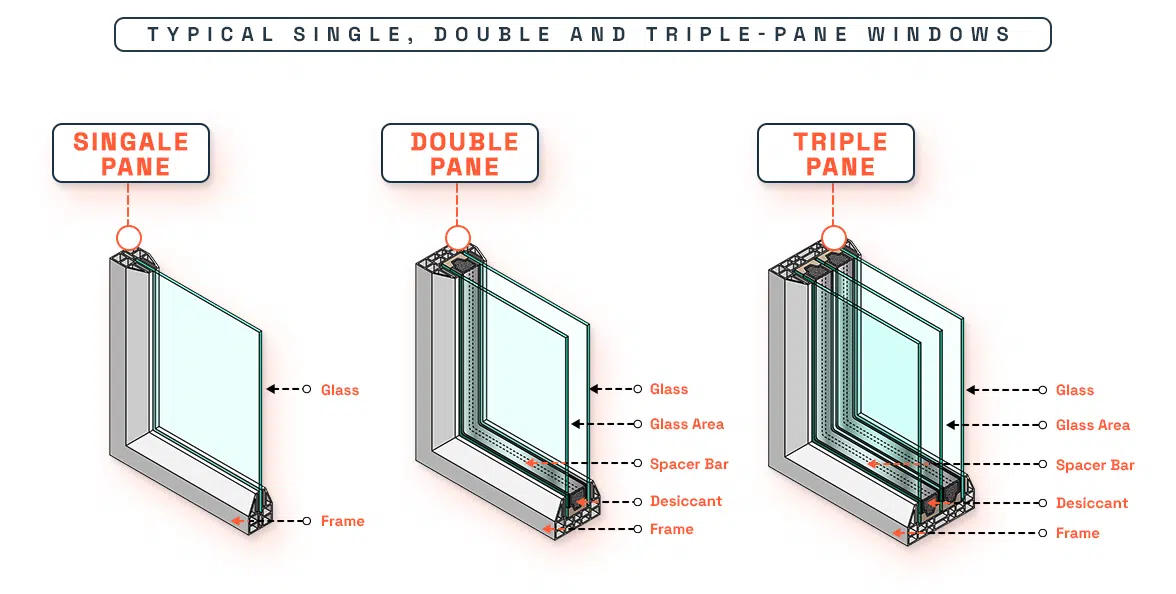
Having multiple panes of glass in a window is a proven way to enhance energy efficiency and create a more comfortable living or working environment. Double- and triple-pane windows, with their layered construction, offer significant advantages over single-pane windows.
The additional panes of glass create layers of insulation that help reduce heat transfer, making it harder for heat to escape during the colder months and keeping the interior cooler in the summer. The space between the glass panes is often filled with insulating gas, such as Argon, which further improves the window’s thermal performance. This gas acts as a barrier, reducing the flow of heat between the inside and outside of the building.
In addition to improving energy efficiency, multiple pane windows (double-pane or triple-pane windows) also provide optimal performance and better noise reduction, making them ideal for areas with high noise levels, such as busy streets or airports. By investing in double- or triple-pane windows, property owners can enjoy the benefits of improved insulation, reduced energy consumption, lower energy bills, and a quieter living or working environment.
In conclusion:
Energy-efficient windows have become an indispensable component in creating sustainable and cost-effective buildings, aligning with the increasing emphasis on energy conservation and environmental responsibility. By understanding the technical aspects of window energy efficiency, building owners and aspiring green builders can make informed decisions when it comes to upgrading and installing their windows.




